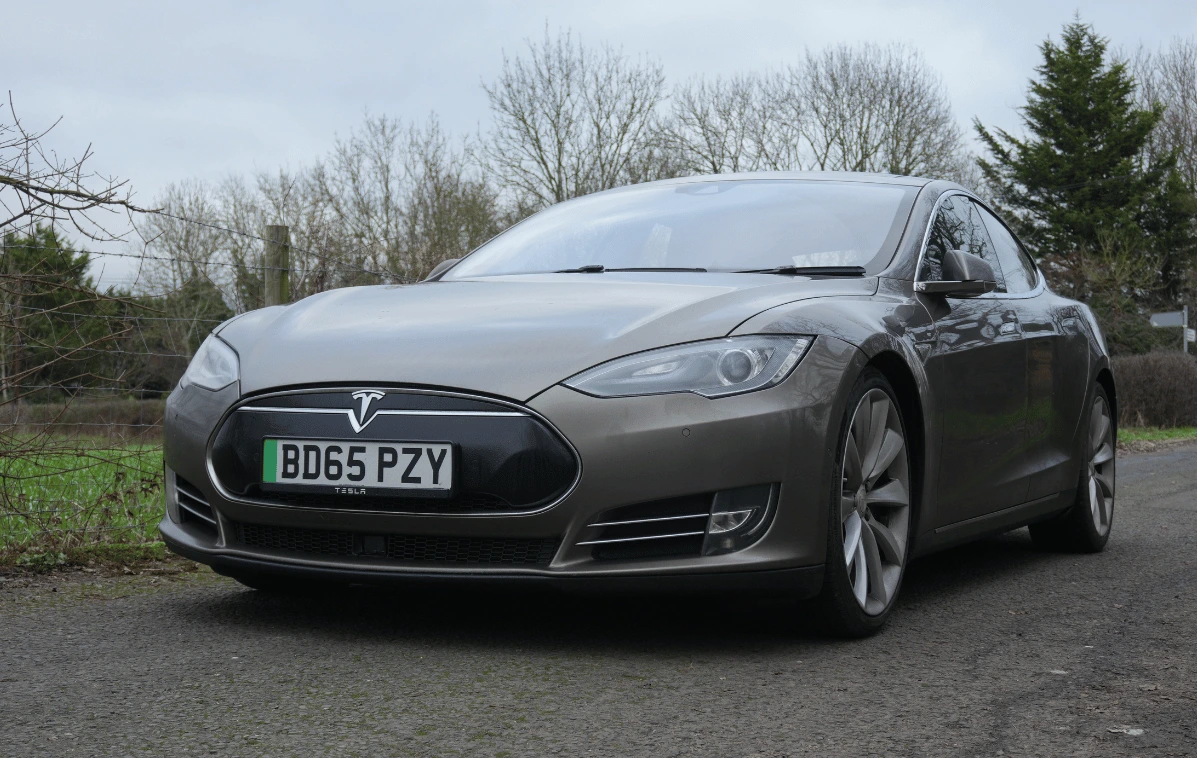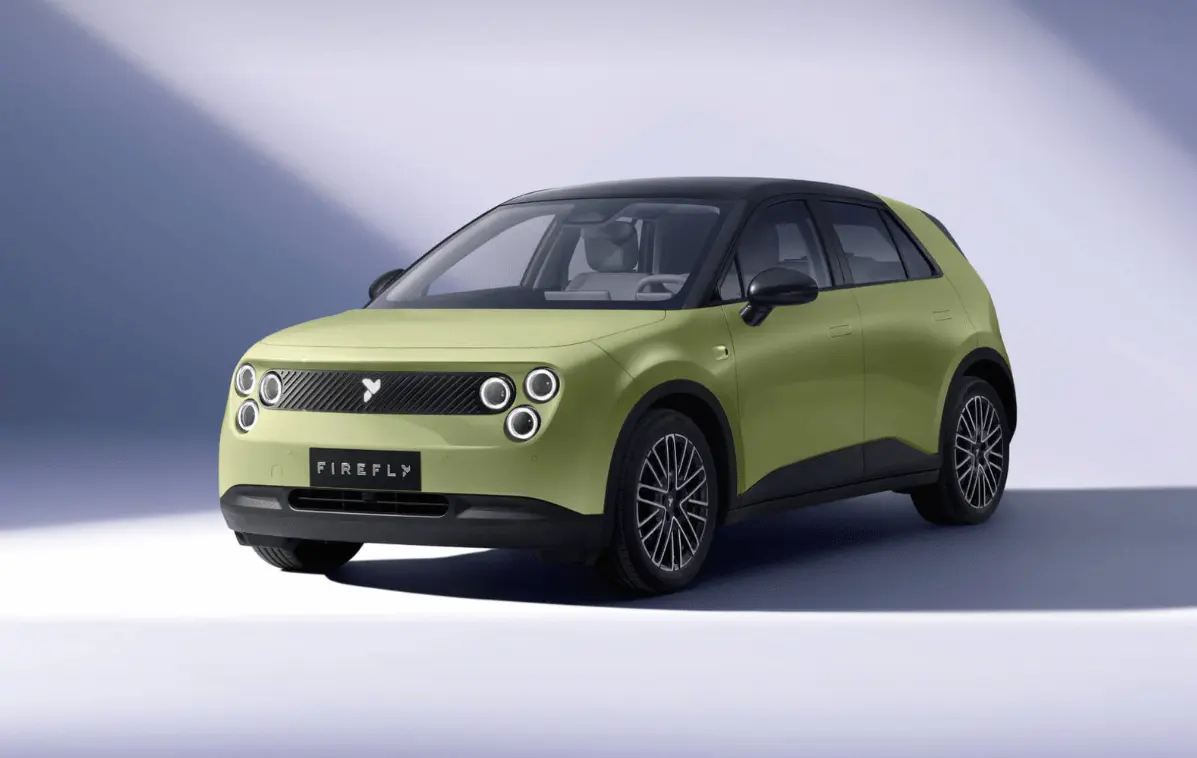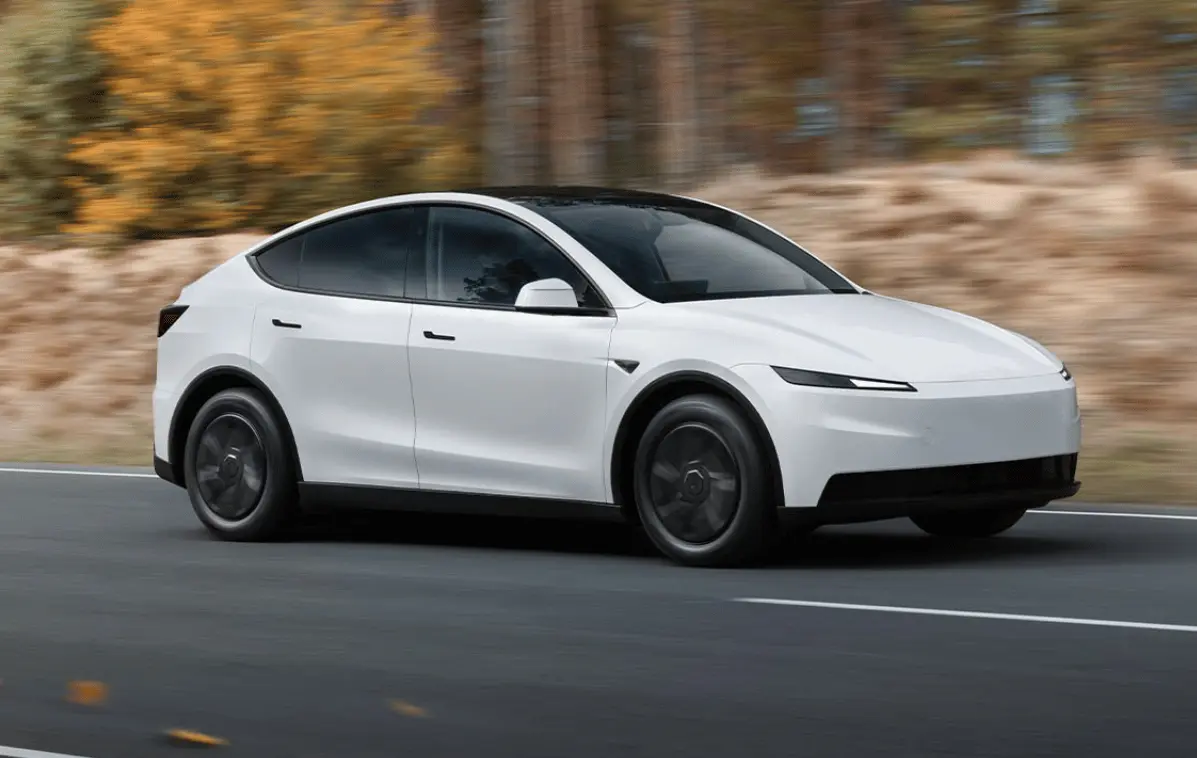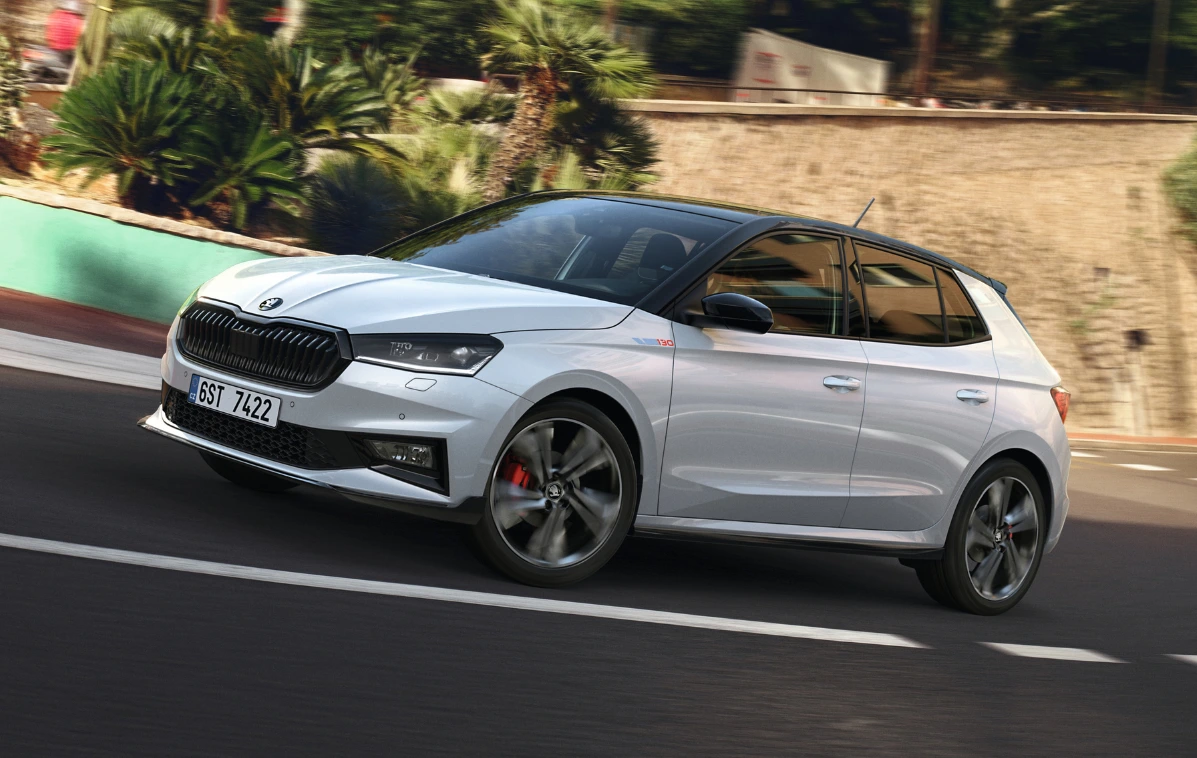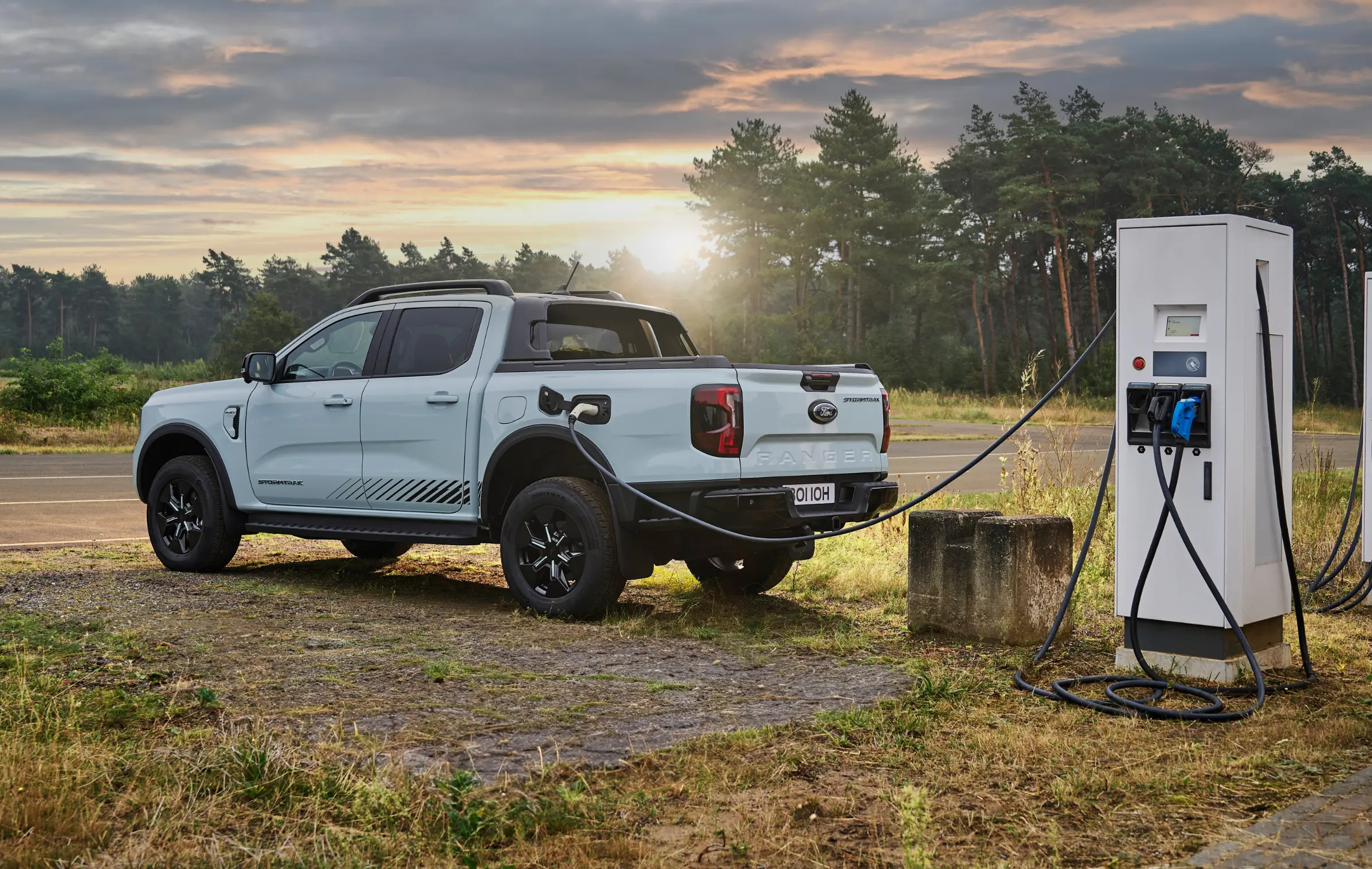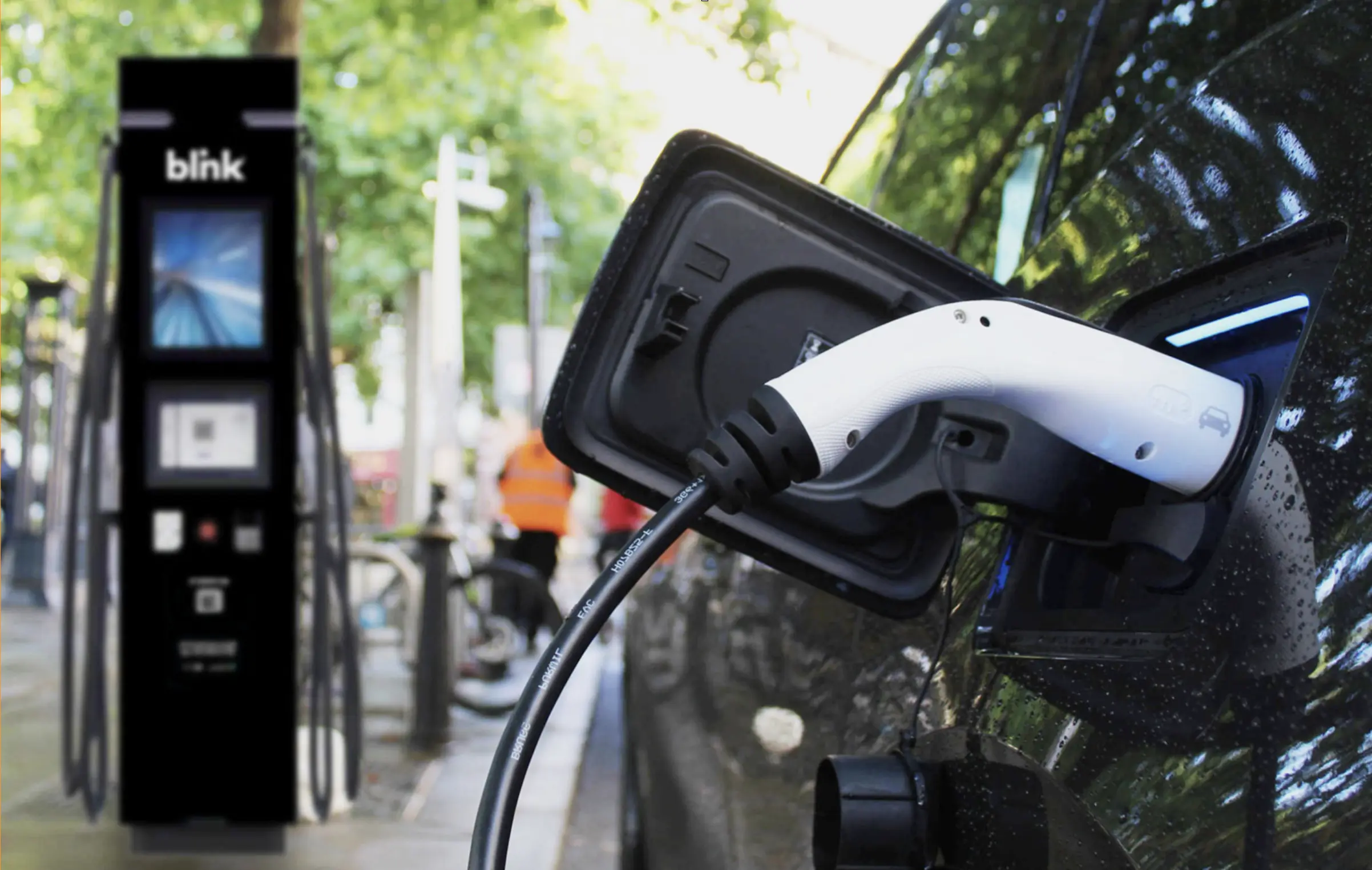
You may have noticed lately that the general tone in the mainstream press at the moment is very geared towards generating a huge stir amongst the public when it comes to electric cars. In this post, we’re going explore why there is so much media coverage about the problems with EVs and also some FAQs and misconceptions to clear up.
Why are we seeing negative press in the media?
As the Stop BS campaign from Fully Charged has pointed out, there is a deluge of anti-EV articles coming out from the likes of The Guardian, The Daily Mail, The Sun and others to name a few. One article I’m going to refer to is by Giles Coren, who writes for The Times. Back in January 2023, he penned an article titled “Why I’ve pulled the plug on my electric car.” As you can expect, this kind of article went pretty viral online and amassed 7,000 comments on the The Times website. There is nothing wrong with writing a concise and accurate portrayal of someone’s genuine experiences, but a few months down the line after everyone has read, gossiped about and forgotten about the article, it was revealed that the entire thing was for nothing, other than clicks.
Peter Ramsay from EVinFocus wrote an article in September 2023, which quotes motoring journalist Quentin Wilson, one of the founders of the Stop BS campaign.
“He said to me, ‘Look, Quentin, the reason why we do these stories in The Times about electric cars is they get so much attention, so many comments and so many clicks.”
Giles Coren, speaking to Quentin Wilson
The other argument is falling advertising spend and the need for more traffic to retain revenue levels. Running a website which depends on advertising revenue to say afloat is nothing new to me, but stooping to the position of shovelling out made up content for the sake of clicks is not something any reputable organisation should be doing.
The other side of the coin to look at is who owns most of these organisations who put out the anti-EV content we see. Let’s look at News Corp, in this article by Simone Marsh for MichealWestMedia, she looks at the connections between Rupert Murdoch, the oil industry and the anti-EV content coming from The Sun and The Times – both of which are owned by News Corp. Read into this what you will.
Why is the misinformation a problem and what next?
To label it a problem might be a bit generous, it more seems like a small section of the population buy into what is being said online by the media and by independent YouTube channels. Unfortunately, when it comes to making YouTube content, grabbing people’s attention means more clicks and means more money. For some people this doesn’t play on their mind and will happily say whatever makes people watch them. Where the misinformation could have been an issue is if too many people buy into what it being said and this affects the market and we never get anywhere with the zero emission plans.
As to what is next, it looks like we’re going to be fine. Tesla have had the best selling car in the world with the Model Y, shifting record number of cars and in China, BYD are also gaining steam and expanding to other markets. Unfortunately, where some of the negativity comes from is to ‘legacy auto’ as it is called, i.e companies that have had to quickly pivot from ICE to EV in a matter of years. When these companies claim that ‘the EV market is doomed’ or ‘the EV market is over’ and ‘the buyers just aren’t there’ – what they actually mean that there are buyers out there, but they aren’t buying their cars.
A recent report from the SMMT, it noted that there were 286,846 BEV (pure electric) car sales in 2023, compared to 224,919 in 2022 which marks an 27.5% increase. Others have been quick to note that there was a decrease in private sales and an increase in fleet sales, meaning ‘people are less interested in EVs’ – however, this can be attributed to lease deals, where the leasing company buys the car from the car manufacturer and the private customer is renting it essentially from the leasing company. As far as the SMMT is concerned, that is a fleet sale.
Electric Car FAQs and misconceptions
- Why is the UK moving towards EVs?
Simply put, we need to move away from burning stuff to go places. According to the WHO, one of the main causes of pollution in cities in particular is down to motorised vehicles, also exhaust fumes from vehicles, emissions from manufacturing facilities and power generation. Having poor quality air in cities can lead to a lot of health complications and smog.
One way we, as a nation and a planet can help improve this is to move to greener, more sustainable modes of transport such as public transport. In cities such as London, the city’s TfL buses are moving towards being full electric, the classic London Black Cab is now a plug-in-hybrid and much more. However, public transport doesn’t meet a need for everyone and this is where electric vehicles come in.
- I don’t want an EV, so what do I do?
As of writing, there are no official plans to force anyone to purchase an EV. The 2035 ban of new cars sold that are not zero emission will not apply to the used market. A car manufactured in 2034 that is pure ICE will have a lifespan of 10-20 years from that date and in theory, can be driven in most places without issue. However, what isn’t clear yet is the implications of purchasing petrol or diesel beyond that date or even larger/stricter ULEZ zones. However, at the moment this is pure speculation on our part.
The government originally had plans in place to have 100% of all brand new cars and vans sold from 2030 onwards to have zero emissions. However, this has been tweaked slightly and is now going to be from 2035 onwards that all brand new cars and vans sold will be zero emission. But this doesn’t quite mean what you think. Every year we get closer to 2035, the car manufacturers have moving goal posts starting in 2024 for how many EVs they need to sell. Starting in 2024, 22% of new cars sold must be zero emissions and this will increase every year until 2035. If the manufacturers don’t meet these targets, fines will be put in place. These fines can be around £15,000 per vehicle not sold.
It must be also said that don’t knock something until you have personally tried it. There are plenty of places to go and try an EV, from test drives at Fully Charged Live events, car showrooms and also Gridserve Charging Hubs which let you test drive an EV, for free with no sales baggage attached. Or, next time you go on holiday and rent a car, try an EV and see how you get on.
- EVs don’t work when it is cold
This has a morsel of truth to it. Yes, it is well known that lithium batteries in anything can have some reduced performance in cold temperatures. This can be seen in a smartphone for example, take it outside and it may not last as long as it normally does. However, in an EV it has advanced temperature management. This can also be further improved on with cars that have a heat pump, the mileage drops around 10% less in the cold on cars fitted with a heat pump compared to those without. However, unlike some recent reports about EVs being stranded in the cold when there are queues on the motorway, EVs are actually more efficient with energy usage at making heat than an ICE car – so you are less likely to be stranded in an EV vs ICE.
- I can’t charge at home
In the UK, around 1/3 of houses don’t have a driveway which on paper can make charging an EV much harder. However, in a city such as London lots of streets have Type 2 connector in bollards, lamp posts and other street furniture and are reserved for residents, using the existing resident permit system. Other solutions are in place however, with local councils rolling out local charging for residents, cable channels installed in the pavements and much more. If you currently don’t have any suitable way to charge a car at home on the street, reach out to your local MP and council and say this is holding you back and see what happens.
The public charging network is an option however, but as of writing it is an expensive way to charge your car every time. The real magic of an EV is waking up to a fully charged car at home.
- The energy coming from the grid to power my EV isn’t green, is it?
This is an unfortunate misconception. The UK national grid is getting more and more green every day. In the last few weeks, for pretty much every day the grid has been running on over 56% wind energy alone. For a long time, burning coal hasn’t been a part of our energy source in the UK either. The national grid has plans for more solar, wind and battery storage in the future and is committed to making the grid greener and greener. Innovative energy companies such as Octopus Energy only uses 100% renewables in its fuel mix.
In 2012, renewables only generated 2.5GW out of the 36.5GW we were demanding. Looking at fresh data for 2023, renewables generated 10.8GW out of the 29.6GW we were demanding. Also note, we demanded less energy too, this is mainly attributed to more efficient appliances and the increase of solar on residential properties.
Let’s also look at how efficient an EV is compared to an ICE car when it comes to the raw energy it has.
We know that an ICE car converts petrol into energy by burning it, this also has a waste energy in the form of heat. Some of that heat goes into the cabin, if the fan is turned on but the vast majority of it is wasted. In a really good petrol engine, it only manages to convert around 40% of the energy in the fuel into making the car move, which means 60% is just wasted. If you spend £50 filling up your tank, at the minimum £20 of that is effectively thrown away.
Now, let’s look at an EV. An electric motor can convert more than 90% of the electrical energy it uses into making the car work. The remaining 10% is wasted due to heat from the motor. Also bear in mind that EVs have regenerative braking, which further recoups the energy that would be lost by braking back into the battery system.
Conclusion
I think it is unfortunate the amount of polarising opinions that we see online, in the comments section and how angry people can get when it comes to EVs. Regardless of what is said online, the positive aspects are that EV sales are up and the grid is getting cleaner.
For more EV content, check out our monthly video and audio podcast, Charging Status – a podcast about EVs and charging.


